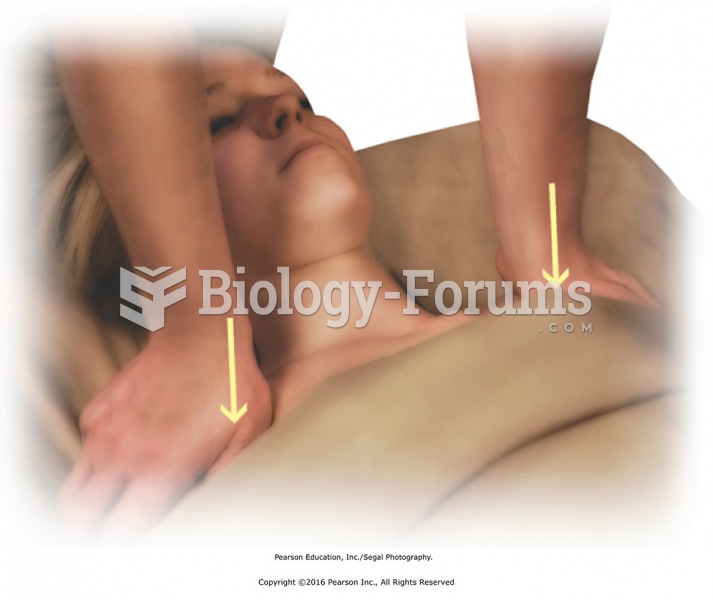This topic contains a solution. Click here to go to the answer
|
|
|
Did you know?
Drug-induced pharmacodynamic effects manifested in older adults include drug-induced renal toxicity, which can be a major factor when these adults are experiencing other kidney problems.
Did you know?
The familiar sounds of your heart are made by the heart's valves as they open and close.
Did you know?
In the United States, an estimated 50 million unnecessary antibiotics are prescribed for viral respiratory infections.
Did you know?
Medication errors are more common among seriously ill patients than with those with minor conditions.
Did you know?
Women are 50% to 75% more likely than men to experience an adverse drug reaction.






